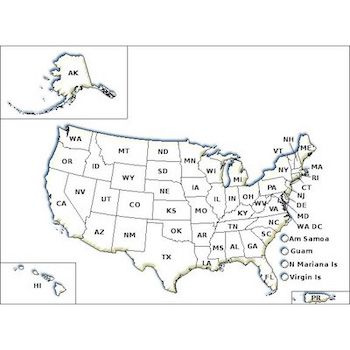If you decide to use an herbicide to control weeds, be sure to select the appropriate product for your situation. There are hundreds of different herbicides on the market.
Control tips:
- Be sure to read, understand and follow all of the label directions when mixing and applying herbicides.
- Make sure the label clearly states that the product can be used in the manner you intend to use it.
- Remember, more is not better. Use the application rate on the label.
- Some herbicides are selective, and only kill certain types of plants, while others are non-selective and kill almost any type of plant.
- Some herbicides kill weeds quickly, others can take up to a week or more.
- Some herbicides persist in plants and soils for long periods of time, while others only remain in plants or soil for a short time.
- Some herbicides have active ingredients that are more likely to move through soils towards groundwater. Others are much less likely to move through soils.
The following list of resources is intended to provide an overview of weed control and herbicides. If you have specific questions about herbicides, or about any of the information provided below, feel free to call NPIC.
If you just want some advice about how to control weeds, you may want to talk with staff at your local
cooperative extension service. NPIC Specialists cannot give treatment
recommendations, but extension agents often can. NPIC Specialists can answer your questions about an herbicide's
potential health impacts, environmental effects, and/or chemical properties. Our mission is to provide objective,
science-based information about herbicides in order to empower people to make their own informed decisions.
If you have questions about this, or any pesticide-related topic, please call NPIC at 800-858-7378 (8:00am - 12:00pm PST), or email us at npic@oregonstate.edu.
Last updated October 14, 2025
- Identify the type of weed(s) before choosing a treatment strategy.
- Identify weeds you can tolerate. Remove other weeds first.
- Hand pulling weeds before they flower will prevent the spread of weed seeds.
- If you're too late, carefully cut all flower heads and seed-pods off weeds before pulling. You can place them directly into a bag for disposal.
- Deeply water an area and cover with a thick layer of cardboard or plastic to kill all plants present.
- A healthy lawn will naturally fight weeds. Consider mowing on a higher setting, and aerating and fertilizing when needed.
- Water more deeply, and less often, to discourage weeds.
- Mulches (organic, synthetic, or living) can be used to prevent weeds from growing.
- If you choose to use a pesticide, read the label
before you buy. Try a lower toxicity
product first.
- A few days before spraying, consider cutting the weeds back. Spraying on new growth may lower the amount needed.
- If you have a pesticide product in mind, have your label handy and click here for information about that product.
These images are graciously allowed to be used by NPIC by Bugwood.org. Images included in the Bugwood Network Image Archives (ForestryImages.org, IPMImages.org, Invasive.org, and InsectImages.org) are made available under a Creative Commons license. Individual photographers retain all rights to images included in the archive.
Through its county agents, the Cooperative Extension Service gives individuals access to the resources at land-grant universities across the nation. These universities are centers for research in many subjects, including entomology (the study of insects) and agriculture. Each county within the United States has an Extension office, which is staffed with agents who work closely with university-based Extension specialists to deliver answers to your questions about gardening, agriculture, and pest control.
Lawn/Landscape Weed Control:
Selecting Herbicides:
Alternative Methods:



